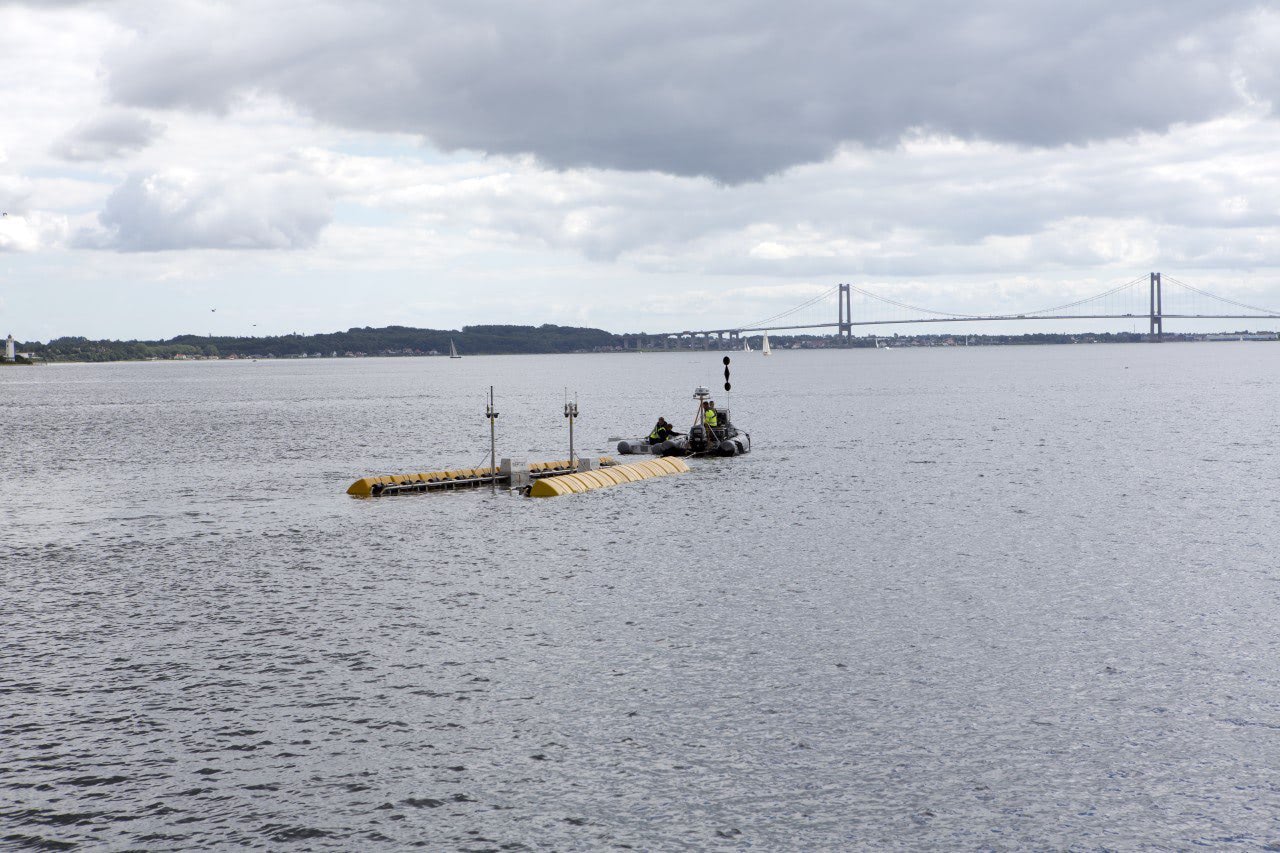You have probably heard about renewable energy sources like wind and solar power. However, did you know that you can harness energy from the motion of waves?Welcome to the world of wave energy!
Why use renewable energy sources?
The answer to this question is simple. Using renewable energy sources can help us all overcome environmental challenges, depletion of fossil fuels, and creating more jobs.
Today's energy consumption is mainly based on fossil fuels, which cannot continue. Therefore, we need alternative sources to enter the game. Renewable energy sources are the answer, as the resources will be available as long as the sun shines.
Wave energy is a clean and renewable energy resource with huge potential to be released and an enormous energy market yet to be filled.
Harnessing power from wave energy is a phenomenon that has been around for a while. According to "Waveenergy: history, implementations, environmental impacts, and economics", the first wave energy concept dates back to 1799 when a Frenchman, Girard applied for a patent. Afterwards, in 1910, a Frenchman Busso Belasek invented a power station driven by wave energy. In the 1970s, researchers seriously began researching wave technology due to oil continuing to influence the international energy field. One of the researchers was Stephen Salter from Scotland, who published an article titled Wave Energy in Nature magazine, attracting much attention.
The fall in oil prices stopped the funding for wave energy back in the 1980s. In the 21st century, wave energy technology has gradually evolved, and the interest in wave energy technology has grown since 2000.
However, the experts agree that wave technology still needs more research and money to catch up to other renewables.
"A good wave absorber must be a good wave-maker." - (Kofoed, 2017)
When discussing wave energy technology, a Wave Energy Converter, also known as WEC, plays the leading role. WECs are machines that extract power from ocean waves and convert it into electricity.
Plenty of WECs have come to the surface throughout the past decades. However, although they all have different working principles, they are similar overall.
A standard WEC system consists of:
A WEC system should contain the following essential features:
Even though there is a good “recipe” for harvesting wave energy, commercialising wave energy harvesting on a larger scale has faced multiple challenges. Some of those challenges have to do with the complexity of the technology. Harvesting energy from waves is a complex subject.
Other challenges are the costs of developing, deploying, and maintaining a wave energy infrastructure can be rather expensive.
Also, the survivability of the infrastructure is a considerable challenge due to the harsh marine environment, which requires robust and durable equipment that can survive the forces of waves and storms.
However, the wave energy sector continuously evolves, and we have come a long way since 1799.
For example, Weptos has spent almost 16 years developing and testing our wave energy converter. Considering all the challenges mentioned above, Weptos is creating one of the world’s first commercialised wave energy converters - a WEC with high survivability scalability at a low cost.
The future is here.

Sources:
Wave energy: history,implementations, environmental impacts, and economics (pnnl.gov)